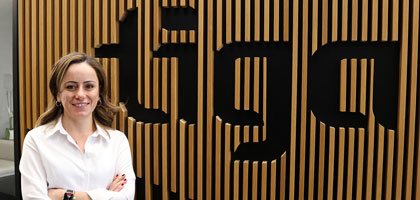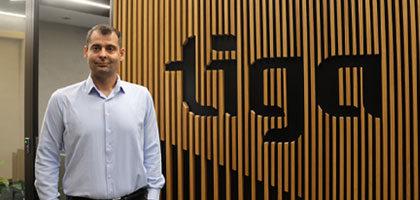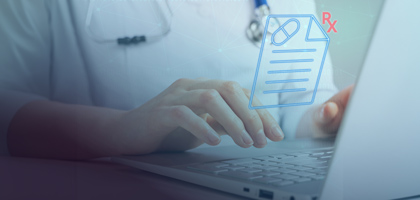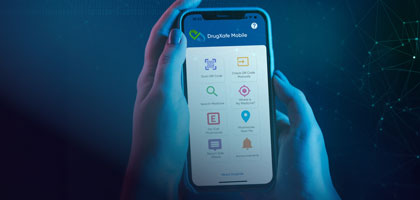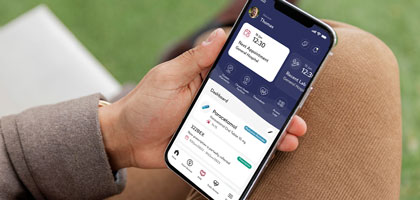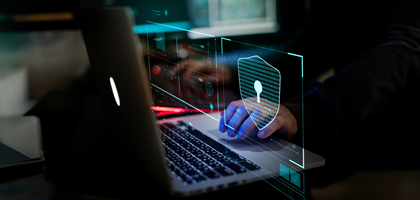
Insights
An Interview with Alaettin Uçan on Health R&D: Shaping the Future of R&D in Healthcare IT
We did an interview with Alaettin Uçan, our R&D Director, about the cruciality of research and development activities in the healthcare industry. Uçan shared his valuable insights into the transformative power of R&D in healthcare, underscoring its role in advancing patient outcomes, driving innovations and addressing global health challenges.
In the in-depth interview, Uçan also shed light on the intersection of R&D with digitalization, where he gave examples about the critical role of digital technologies like AI, gamification, remote monitoring and predictive analytics in reshaping healthcare delivery and accessibility.
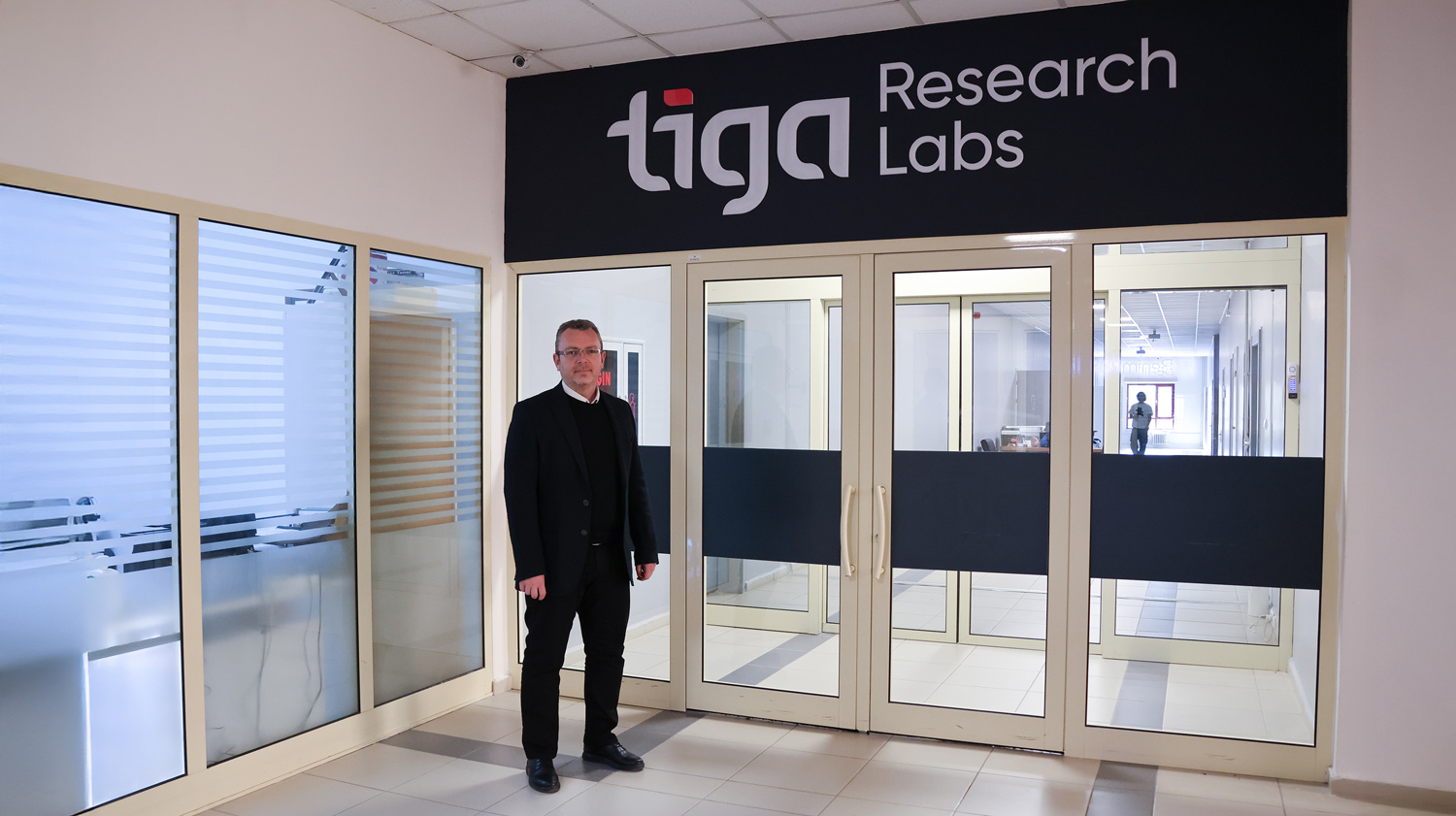
Here’s the interview:
1. What are the biggest challenges in the healthcare IT industry and how are R&D efforts addressing them?
The biggest challenges in the healthcare IT industry include managing sensitive personal data, ensuring data privacy amidst vast datasets, addressing scalability and continuous operational requirements, overcoming healthcare accessibility issues in rural regions, handling inefficient human-driven processes, combating resource wastage due to lack of awareness, coping with personnel shortages, responding effectively to an aging population and meeting escalating healthcare demands. R&D efforts address these by developing advanced encryption and anonymization technologies for personal data protection, creating predictive analytics for proactive healthcare management, designing scalable cloud infrastructures to handle big data and implementing AI-driven automation to streamline workflows. Further, telemedicine platforms, leveraging AI diagnostics and remote monitoring systems, expand healthcare reach to rural areas. Gamification techniques integrated into therapeutic routines promote patient engagement, improving compliance and outcomes. Continuous R&D in digital health coaching applications fosters better patient awareness and prevention. Finally, AI-driven predictive models assist in anticipating health crises and resource demands, facilitating timely healthcare delivery.
2. How does R&D-driven innovation tangibly improve patient care?
R&D-driven innovation tangibly enhances patient care by enabling precise and timely diagnoses, personalized treatment plans and improved patient monitoring capabilities. AI algorithms analyzing medical imaging significantly increase diagnostic accuracy, allowing quicker intervention and reduced misdiagnoses. Remote monitoring technologies ensure consistent and proactive patient management, particularly beneficial for rural or mobility-limited patients. Predictive analytics helps to prevent health complications by identifying risks before symptoms manifest. Gamified health applications increase patient adherence to therapeutic regimens, directly enhancing clinical outcomes. Digital health coaching provides continuous, personalized feedback, encouraging healthier lifestyle choices and chronic disease management. Automated radiotherapy planning systems increase treatment accuracy, improving patient safety and reducing side effects. Advanced data analytics detects medication fraud and supply chain issues promptly, safeguarding patient access to authentic medications. Overall, R&D innovations fundamentally enhance patient-centric care delivery by promoting accuracy, personalization, accessibility and proactive health management.
3. How do digitalization-focused R&D efforts impact the efficiency of healthcare systems and hospital operations?
Digitalization-focused R&D significantly boosts healthcare system efficiency by automating administrative and clinical processes, thereby reducing human error and accelerating workflow. AI-powered appointment scheduling optimizes resource utilization, directing patients to appropriate clinical pathways swiftly. Automated analytics and reporting reduce manual labor in hospital operations, freeing healthcare professionals to prioritize patient care. Integrated data systems enhance interoperability, allowing seamless patient data sharing across departments and institutions, thus minimizing redundancy. Digitalization facilitates real-time inventory tracking, improving resource availability and reducing waste. Digital monitoring solutions enhance real-time patient tracking, optimizing patient flow and reducing waiting times. Telehealth technologies reduce hospital admissions by enabling effective remote patient management. Consequently, these R&D advancements streamline operations, elevate care quality and optimize healthcare resource allocation comprehensively.
4. As leading healthcare IT with its continuous R&D efforts, how does Tiga Healthcare Technologies contribute to the digitalization of healthcare systems globally?
Tiga Healthcare Technologies actively contributes to global healthcare digitalization through innovative R&D initiatives that create comprehensive digital solutions addressing both clinical and operational challenges. Tiga leverages advanced AI models to enhance diagnostic precision and predictive capabilities in clinical settings worldwide. The company provides scalable cloud-based platforms that ensure healthcare providers can handle extensive datasets securely and efficiently. Its solutions particularly benefit underserved rural regions by ensuring continuous patient monitoring. Through gamified health interventions, Tiga fosters improved patient adherence to treatment protocols, enhancing clinical outcomes globally. Moreover, Tiga’s predictive analytics solutions preemptively identify healthcare trends and challenges, enabling proactive interventions by healthcare providers. Tiga's digital coaching applications promote personalized patient wellness strategies, thus actively preventing chronic conditions. Advanced radiotherapy planning tools developed by Tiga optimize cancer treatment efficiency and accuracy globally. Additionally, Tiga addresses critical pharmaceutical supply chain issues, ensuring patient safety through innovative AI-driven fraud detection systems.
5. Which R&D activities and processes are conducted within Tiga’s Research Lab?
Tiga's Research Lab conducts extensive activities focused on AI and machine learning application development, predictive analytics and advanced data management. The Lab actively explores methods to ensure data privacy, implementing cutting-edge encryption and anonymization techniques to protect sensitive patient information. Researchers collaborate on developing sophisticated algorithms capable of real-time diagnostic analysis, predictive healthcare modeling and personalized treatment planning. Digital therapeutics and remote patient monitoring technologies are core areas of R&D focus aimed at bridging gaps in rural healthcare accessibility. The Lab actively prototypes and tests gamified healthcare applications to boost patient engagement and treatment compliance. Continuous experimentation and iteration refine the accuracy and efficiency of AI models for radiotherapy planning and emergency detection technologies. The Lab also extensively analyzes pharmaceutical supply chain vulnerabilities and develops predictive systems to mitigate risks. Comprehensive testing ensures robust, reliable deployment of innovative healthcare solutions.
6. What are the key projects that Tiga’s R&D team is currently working on? How will these projects impact the healthcare sector?
Tiga's R&D team currently focuses on several pivotal projects, including AI-assisted symptom analysis for accurate clinic referrals, predictive models for outbreak detection and AI-driven pharmaceutical fraud identification systems. These initiatives substantially improve healthcare efficiency by ensuring accurate patient placement, timely public health interventions and secure medication supply chains. Additionally, Tiga is pioneering remote AI-assisted physiotherapy applications, addressing accessibility issues and enhancing therapeutic efficacy for patients in remote areas. Gamified exercise regimens developed by Tiga significantly improve patient engagement, accelerating recovery and fostering preventive healthcare behaviors. Tiga also leads innovative projects in remote cornea transplant patient monitoring through advanced OCT imaging analysis, ensuring consistent and precise patient care. Furthermore, Tiga’s AI-enhanced radiotherapy planning tools promise to streamline cancer treatments, improving accuracy and patient outcomes. Health coaching applications utilizing patient behavior analytics facilitate targeted, personalized wellness strategies. Radar-based emergency detection technologies by Tiga offer critical support for elderly and disaster management scenarios, ensuring swift and effective interventions.
7. What do you think about the role of AI, data analytics and other emerging technologies in transforming healthcare IT and what are Tiga’s R&D priorities about these technologies?
AI, data analytics and emerging technologies play transformative roles in healthcare IT by significantly improving diagnostic accuracy, treatment personalization and operational efficiency. Tiga prioritizes these technologies in its R&D strategy, developing advanced AI models that deliver precise triage insights and predictive analytics. The company's data analytics initiatives target optimized resource management, fraud detection and outbreak prediction, providing significant operational advantages. Tiga emphasizes digital therapeutics and remote patient management technologies, addressing critical gaps in healthcare accessibility and continuity. Gamification and digital health coaching represent strategic priorities, enhancing patient compliance and proactive health management. Furthermore, Tiga invests in next-generation radiotherapy planning tools utilizing AI, significantly enhancing clinical precision and patient safety. The integration of radar technology in elderly care and emergency response demonstrates Tiga’s commitment to leveraging emerging innovations for critical healthcare needs. Overall, Tiga’s R&D efforts strategically utilize AI and data analytics to foster comprehensive digital transformation in healthcare systems, prioritizing clinical excellence and operational resilience.
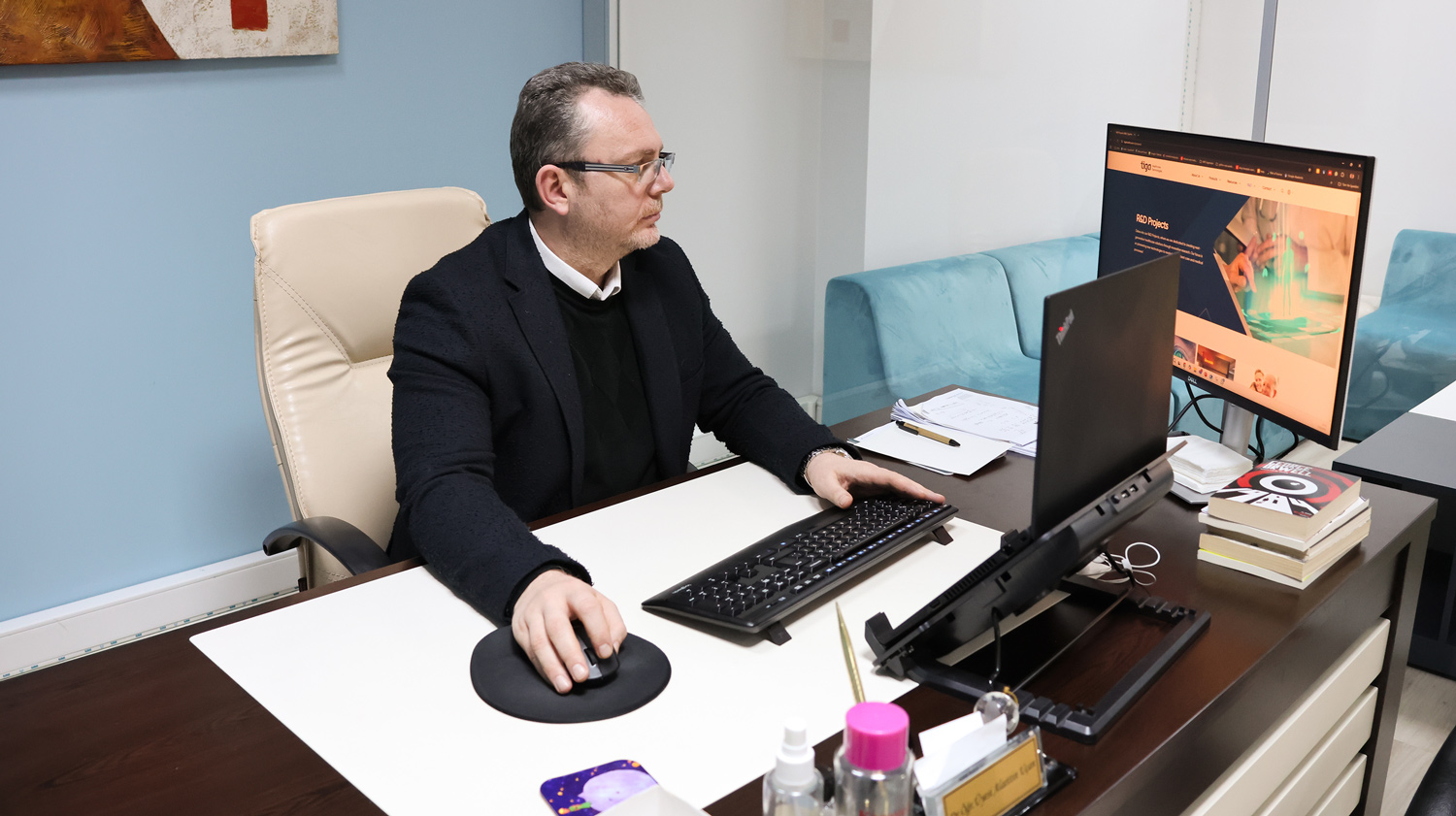
Key Points of the Interview:
- The Importance of R&D in Healthcare: R&D is crucial in healthcare for enhancing patient care by enabling accurate diagnostics, personalized treatment plans and predictive healthcare management. Continuous innovation supported by R&D efforts improves access to care, particularly in underserved regions, and ensures better healthcare outcomes.
- Digitalization’s Impact on Healthcare Efficiency: Digitalization-focused R&D enhances healthcare system efficiency by automating processes, reducing errors and optimizing resource utilization. Innovations like AI-based scheduling, remote monitoring and integrated data systems improve hospital operations, reduce waste and elevate the quality of patient care.
- Emerging Technologies in Healthcare R&D: The increasing role of AI, gamification, data analytics and other emerging technologies in R&D is revolutionizing healthcare IT. These technologies enable predictive analytics, automation and advanced diagnostics, improving both operational efficiency and clinical outcomes.
This informative interview with Uçan demonstrates the significance of R&D efforts in healthcare, specifically in improving patient care and system efficiency. Uçan’s insights highlight the need for researching and developing, continuous technological advancement and strategic digitalization to address modern healthcare challenges.
Let’s shape the future together, as always!
